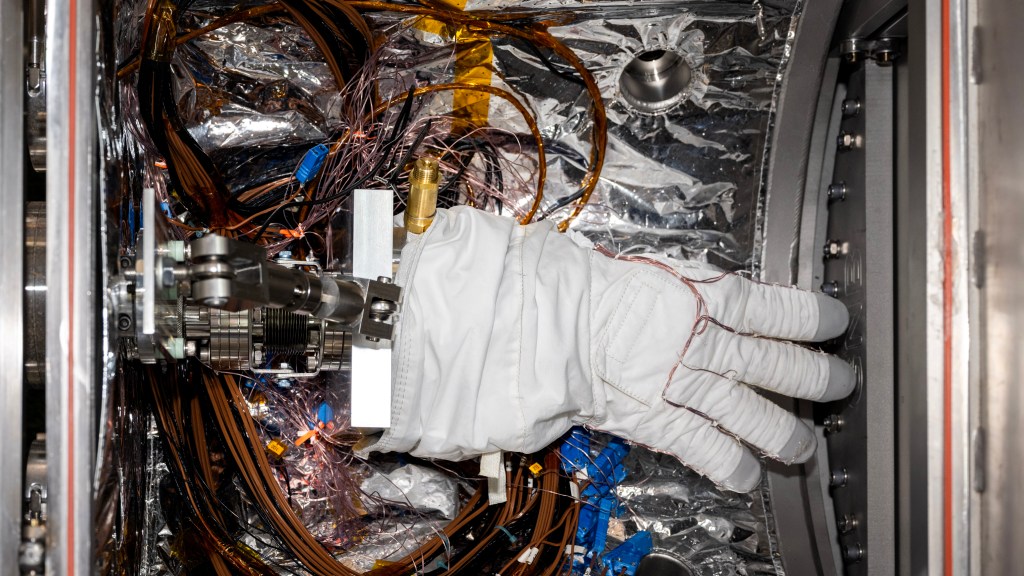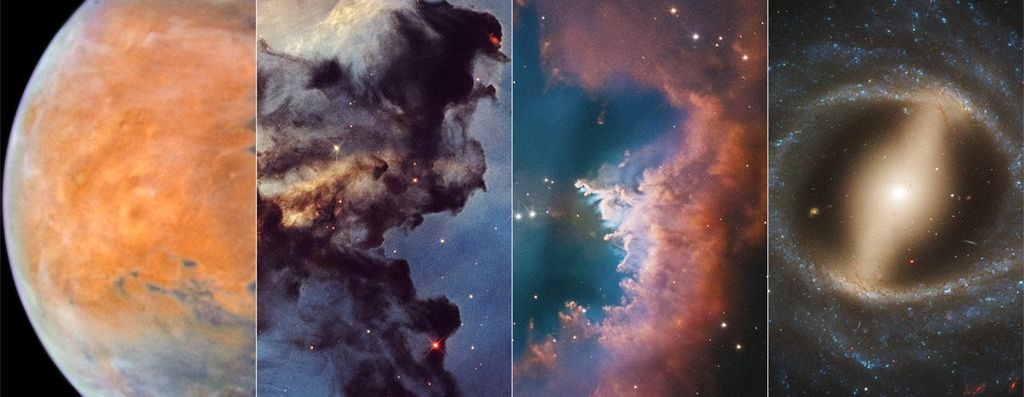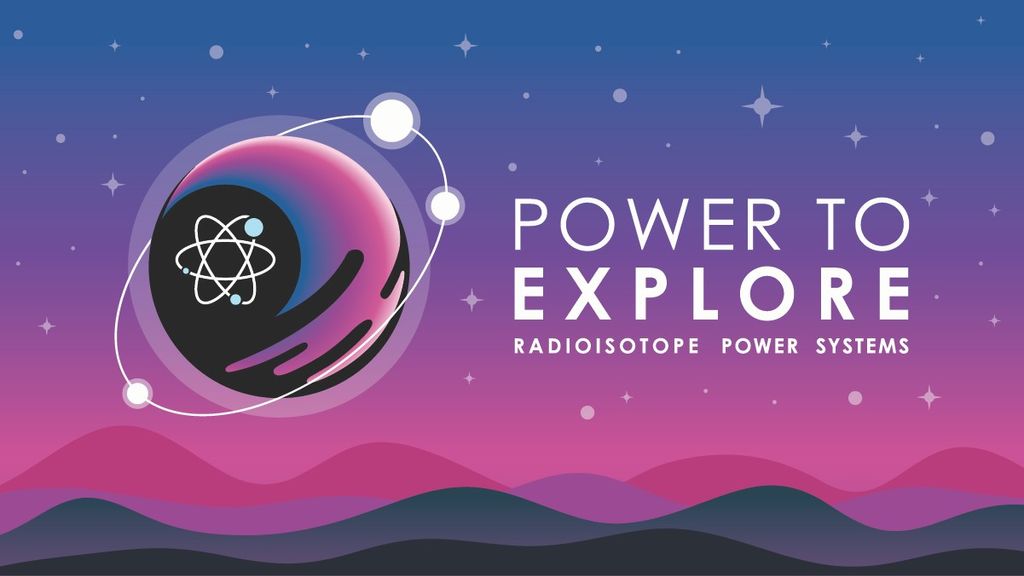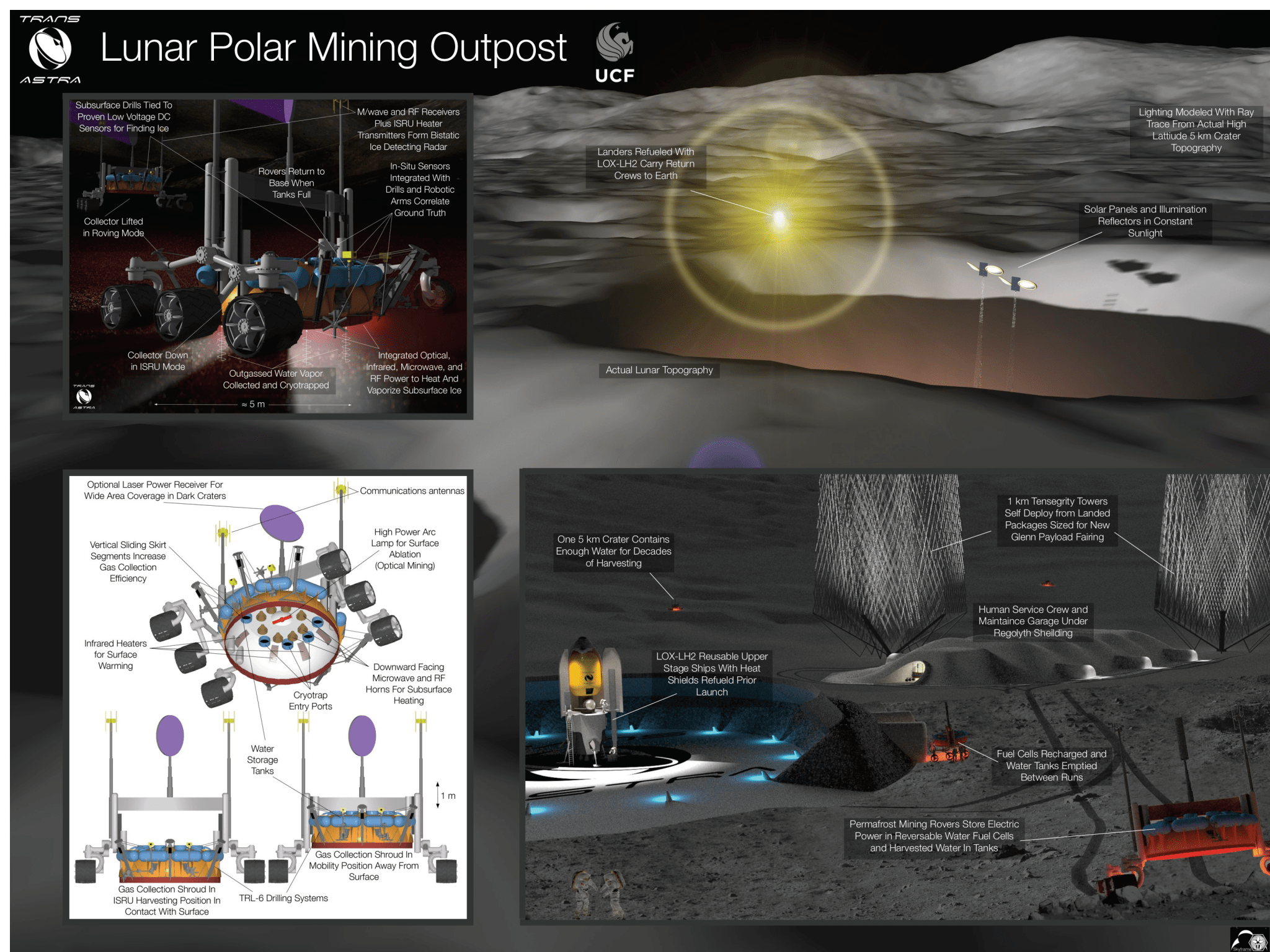Joel Sercel
TransAstra in partnership with ICS Associates, Inc.
View Animation
Description
Total cost of planned human exploration missions is strongly driven by the need to launch large quantities of rocket propellant, drinking water, oxygen, and radiation shielding. If plentifully-available in cis-lunar space, water could be used directly as propellant in Solar Thermal Rockets (STRs) to provide inexpensive transportation. The lunar surface has been proposed as a source of such water, but independent analysis of Lunar ISRU suggests that it would not be cost effective due to the Size, Weight, Power, and Cost (SWAP-C) of ISRU equipment, the large round trip delta-V to get to the lunar surface, and the logistical issues of working there. Likewise, a technical publication regardingn asteroid mining by a NIAC-funded team recently concluded that they “could not find any scenario for a realistic commercial economic return from such a mission.”
We understand why past attempts have failed and we offer an innovative new mission concept called Apis. Apis harvests and returns up to 100 tonnes of water from a near Earth asteroid using only a single Falcon 9 v1.1 launch. Apis is based on a major new patents pending innovation called “Optical Mining” that we are proposing here for the first time. Optical mining is a novel approach to excavating and processing asteroid materials in which highly concentrated sunlight is used to drill holes, excavate, disrupt, and shape an asteroid while the asteroid is inclosed in a containment bag. Optical mining is enabled by advanced anidolic optics that have thus far not been considered for ISRU applications. Apis further combines the mid-TRL technologies of thin-film inflatable structures and water solar thermal propulsion with an innovative new TRL-1 solar thermal oven technology to extract water from a volatile-rich asteroid.
APIS mission operations start with a Falcon 9 V1.1 or equivalent launch to a low C3 ARM-like but volatile-rich NEO. Once at the target, APIS uses an inflatable capture system similar to that proposed for ARM, but fabricated from high temperature material and designed to fully enclose the target. After the asteroid has been encapsulated and the system de-spun, an inflatable solar concentrator in an advanced non-imaging configuration, provides direct solar-thermal energy through Winston Cones and light tubes to the asteroid surface. This heat is used to excavate the asteroid and force the water to outgas into the enclosing bag at a tenth to a hundredth of one percent of normal atmospheric pressure. The outgassing water is cryopumped at modest temperature into a passively-cooled water storage bag and stored as solid ice. After several months of collection, up to 120MT of water can be stored in this manner. Using solar thermal propulsion with some of the water as the propellant, the APIS system returns the harvested water to Lunar Distant Retrograde Orbit (LDRO) where it can support a far more affordable program of human exploration of cis-lunar space. The presence of large quantities of water in cis-lunar space cost-effectively supplied from asteroids will profoundly benefit HEOMD missions.






























